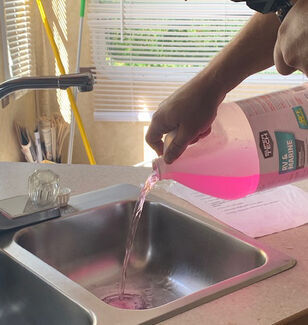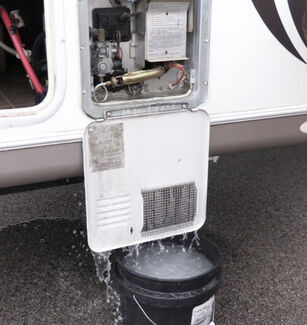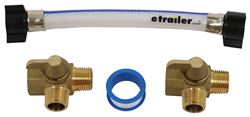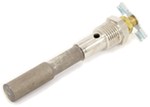
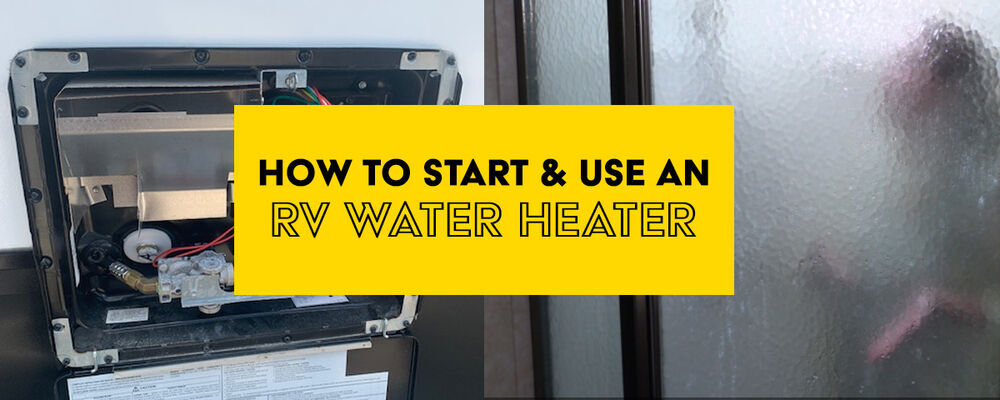
How to Start & Use an RV Water Heater
How to Start/Fill a Hot Water Heater in an RV
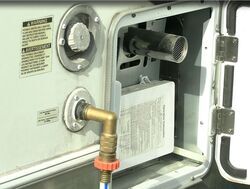
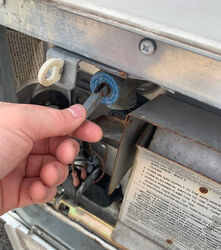
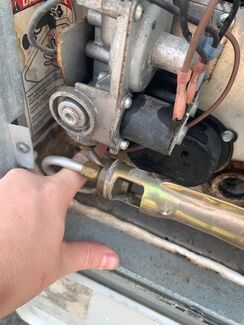
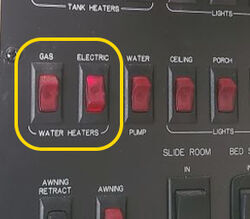
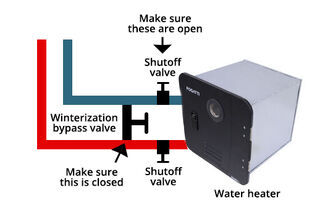
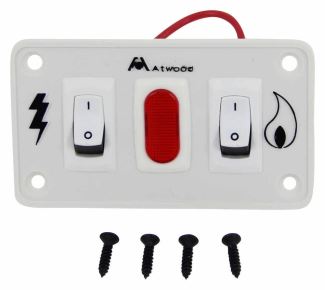
Can You Leave Your Water Heater on While Camping?
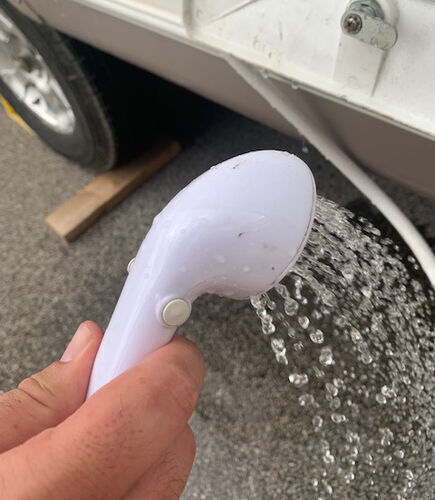
How Long Does it Take for an RV Water Heater to Heat Up?
Whether you use propane, electric, or both simultaneously to power your water heater How big your hot water tank is (most RV tanks are 6 or 10 gallons. For reference, most homes have 40- or 50-gallon tanks these days) The outside ambient temperature The temperature of the water coming in (for instance, if you're using a city water connection that happens to be extra cold, it'll take longer)
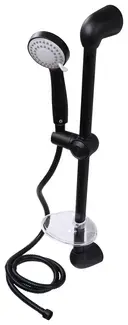
How Long Will the Hot Water Last in Your RV?
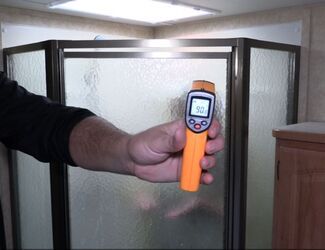
How Much Propane Does an RV Water Heater Use?
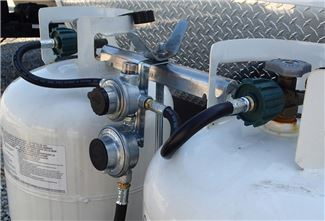
How (And When) to Drain Your RV Water Heater
Make sure your water heater is off and your water has had time to cool. Also turn off your water source, pump, and tank power sources (propane or electric). Pull your pressure release valve to relieve pressure. Use a wrench or socket to remove your water heater drain plug or anode rod. (You'll have one or the other—a drain plug that comes out alone or an anode attached to the plug. Usually the drain plug style is seen on aluminum Atwood heaters, and the anode style is seen on steel Suburbans.) Tip: a drain valve wrench can make plug removal easier! Just let the water flow out until the tank is empty.
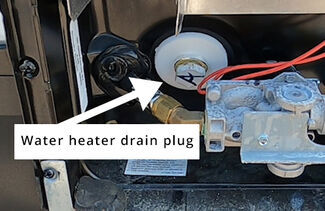
Converting to a Tankless Hot Water Heater — Should You Do It?
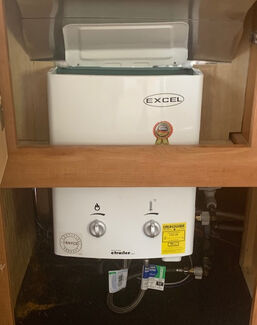
Why Is My RV Water Heater Not Working?
Is your bypass valve open? If so, close it until you're ready to winterize. The bypass valve connects your hot and cold water lines. If you leave it open, the hot and cold will mix, and you'll end up with lukewarm water. (This is probably the most common water heater "issue" out there!) This is another super common mishap. Sometimes you just forget to refill your propane. And if LP is fueling your water heater, no LP = no hot H20. Are your outdoor shower taps off? If you turn off the outdoor shower head but leave the taps on, the warm and cold water can mix and again, you'll end up with lukewarm water. Is your pilot light out? Usually this will show up as an error indicator light on your RV's control panel, but you can also visually inspect your heater and note if you don't see the light. Make sure you don't smell any gas that could indicate a gas leak in your rig. If it's all clear, go ahead and relight your pilot light by turning your heater's knob to "pilot" and pressing the igniter button. (If you have a manual pilot, rather than an automatic model, learn how to light your pilot light here.)
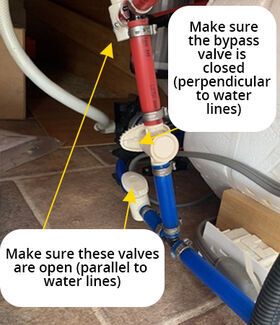
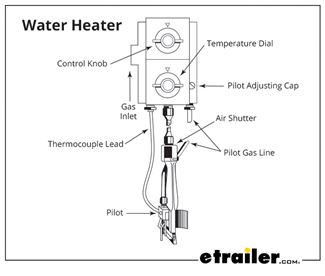
How to Clean and Maintain an RV Water Heater
Replacing the Anode Rod
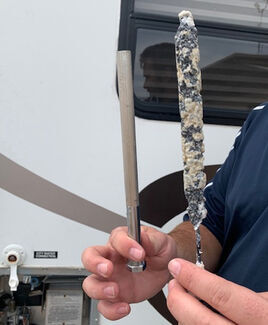
Cleaning the Tank
Frequency: About 2-4x per year
Always turn the heater off and let the water cool first! Turn on a hot water tap in your RV to make sure it's cool before you continue. Also shut off any water sources and power sources (electric and propane) to ensure safe working conditions. Remove the drain plug or anode rod to empty your tank. Use a water heater rinser to flush any sediment from the bottom of your tank.
Use a winterization kit to pump white vinegar into the water heater (if you don't have a winterization kit, you can also pump it in via the freshwater tank). Use 2 parts vinegar to 1 part water. Turn on the water heater and let the hot vinegar sit overnight. Drain your hot water tank again and flush water through until the vinegar smell dissipates.
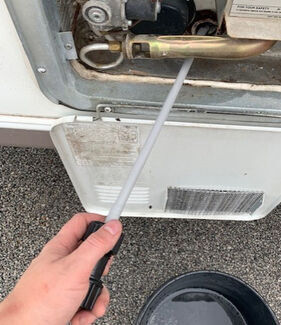
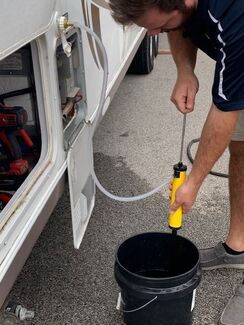
How to Winterize a Camper Hot Water Heater
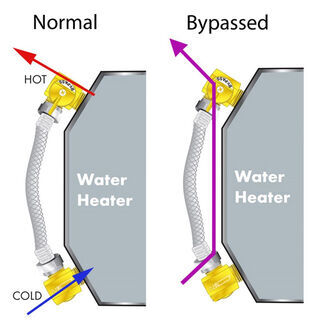
Let the Water Flow

Departments
Towing
- Trailer Hitch
- Fifth Wheel
- Gooseneck
- Towing a Vehicle
- Front Hitch
- RV Hitch
- ATV Hitch
- HD Truck Hitch
- Vehicle Wiring
- Brake Controller
- Ball Mounts
- Weight Distribution
Sports and Recreation
Trailer Parts
- Utility Trailer
- Boat Trailer
- Landscape Trailer
- Enclosed Trailer
- 5th/Camper Trailer
- Car Hauler
- Horse Trailer
Vehicle
Contact & Help

What our customers are saying:
"I received this order yesterday. Thanks for the outstanding service. I appreciate it! Thanks, Alex"
Alex
Blowing Rock, NC
Popular Vehicles
- Subaru Forester
- Ford F-350 Super Duty
- Ford F-250 Super Duty
- Chevrolet Silverado 1500
- Jeep Wrangler Unlimited
- Jeep Wrangler
- Ram 3500
- Toyota Highlander
- Ram 2500
- Chevrolet Silverado 2500
- Subaru Outback Wagon
- Chevrolet Silverado
- Dodge Ram Pickup
- GMC Sierra 2500
- Ram 1500
- Ford F-250 and F-350 Super Duty
- Jeep Grand Cherokee
- Toyota Tacoma
- GMC Sierra 3500
- Toyota Tundra
- Ford Escape
- More >>


